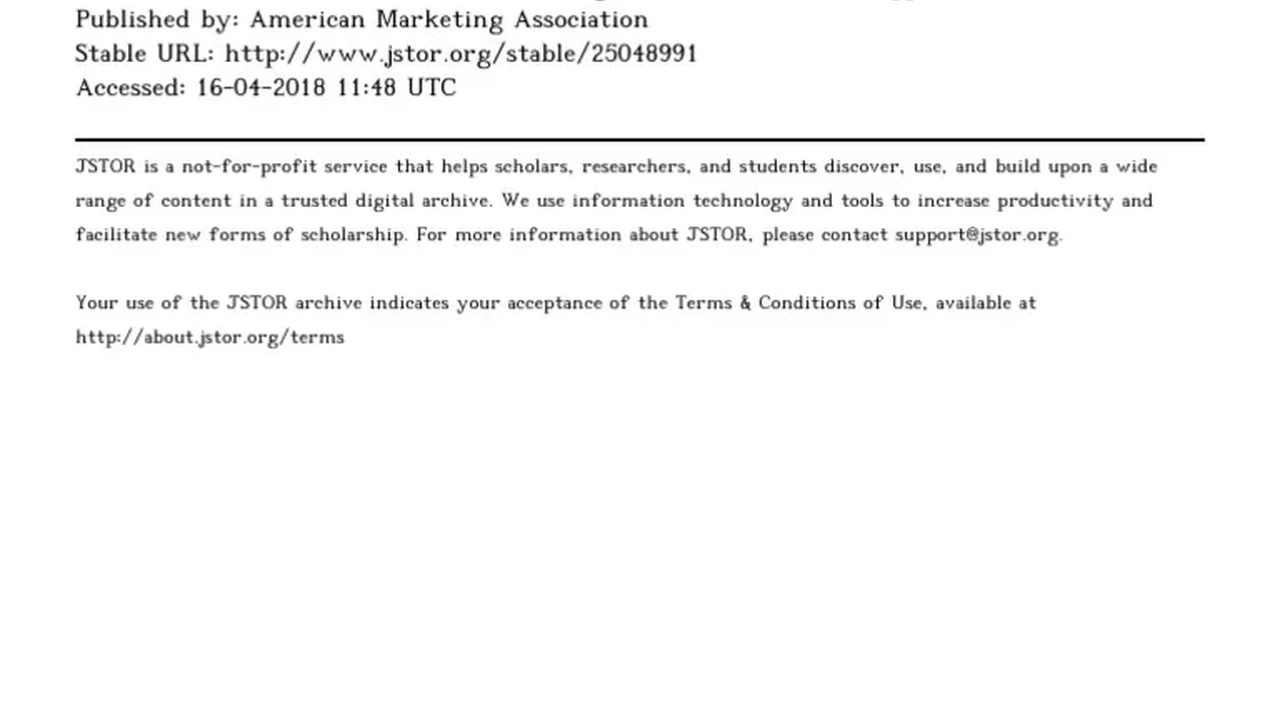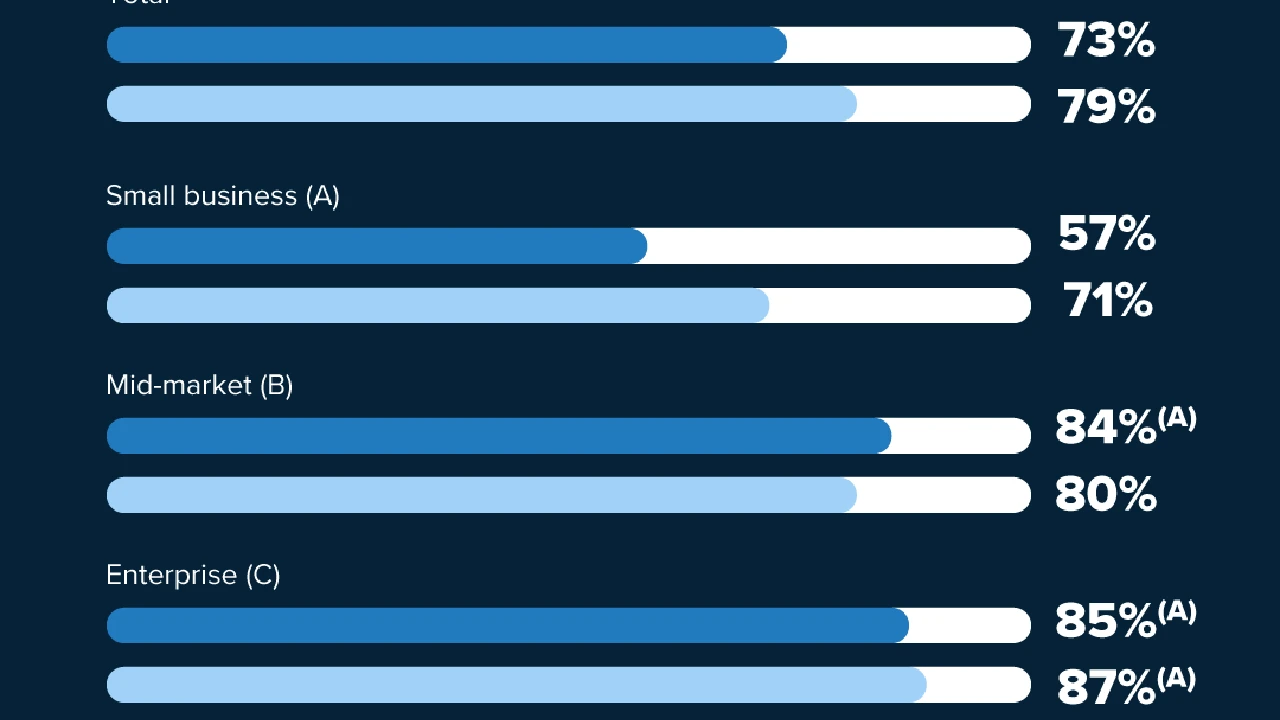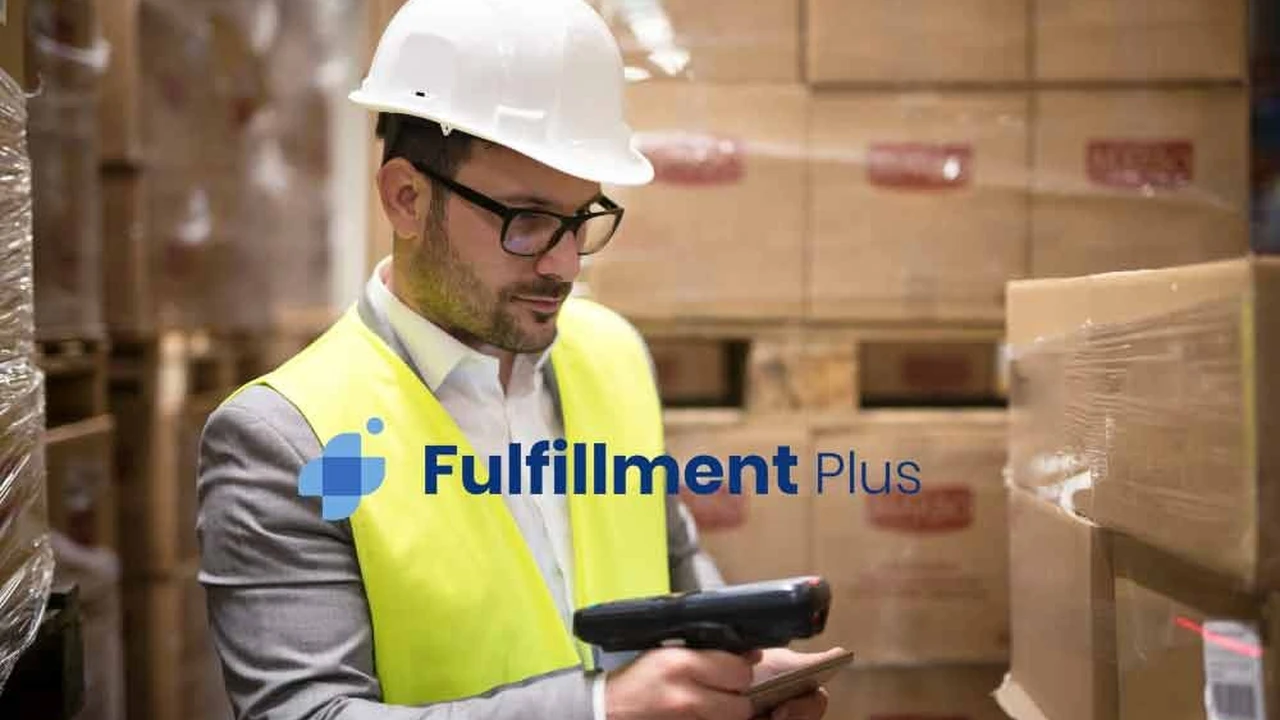The Impact of Customs and Regulations on E-commerce Shipping in SEA & Mexico
Sample meta description.

Understanding Customs and Regulations in Southeast Asia (SEA) and Mexico for E-commerce
Hey there, e-commerce entrepreneurs! Ever felt like navigating the customs regulations in SEA and Mexico is like trying to solve a Rubik's Cube blindfolded? You're not alone! These regions, while brimming with potential for online sales, come with their own unique set of rules and regulations that can seriously impact your shipping strategy. Let's break it down, shall we?
The Labyrinth of Import Duties and Taxes
First off, import duties and taxes. Each country in SEA (think Singapore, Malaysia, Thailand, Indonesia, Philippines, Vietnam) and Mexico has its own tax rates and thresholds. You gotta know these like the back of your hand, or risk getting slapped with unexpected costs that eat into your profit margin. For example, VAT rates vary significantly. In some countries, you might also encounter excise duties on specific product categories like alcohol or tobacco. Understanding these nuances is crucial.
Navigating Regulatory Compliance: A Country-by-Country Overview
Regulatory compliance is another beast. We're talking about product standards, labeling requirements, and even restrictions on certain items. Imagine trying to ship electronics to Indonesia without the proper certifications – major headache alert! Researching each country’s specific requirements is essential to prevent delays, fines, or even having your goods confiscated. Don’t assume what works in one country will work in another!
The Impact on Shipping Times and Costs
Okay, so you know the rules. How does this all affect your shipping times and costs? Customs clearance can be a major bottleneck. Delays are common, especially if your documentation isn't perfect. This can lead to unhappy customers and negative reviews – not good for business! And of course, longer shipping times mean higher shipping costs. You might need to opt for express shipping to stay competitive, which further increases expenses.
Hidden Costs Lurking in Customs
And don't forget the hidden costs! These can include storage fees if your goods are held up in customs, inspection fees, and even fees for customs brokers who can help you navigate the process. These costs can quickly add up, so it's important to factor them into your pricing strategy.
Strategies for Streamlining Your E-commerce Shipping in SEA & Mexico
Alright, enough doom and gloom! Let's talk about solutions. How can you streamline your shipping process and minimize the impact of customs and regulations?
Partnering with Local Experts: Customs Brokers and Logistics Providers
First, consider partnering with local customs brokers and logistics providers. These guys are the pros. They know the ins and outs of the regulations and can help you navigate the process smoothly. They can also help you with things like documentation, compliance, and even warehousing.
Leveraging Technology: Automation and Tracking Systems
Second, leverage technology. Use automation tools to streamline your documentation process and tracking systems to monitor your shipments in real-time. This can help you identify potential delays and take proactive steps to resolve them.
Optimizing Your Product Packaging and Labeling for Compliance
Third, pay close attention to your product packaging and labeling. Make sure everything is clearly labeled and meets the specific requirements of each country. This can help you avoid delays and fines.
Choosing the Right Shipping Carrier for SEA & Mexico
Fourth, selecting the right shipping carrier is paramount. Research carriers that have extensive experience operating in SEA and Mexico and a proven track record of efficient customs clearance. Compare their rates, services, and transit times to find the best fit for your business needs. Some carriers specialize in certain regions or product types, so choose wisely.
Product Recommendations and Comparisons for E-commerce Shipping
Packaging Solutions: Ensuring Safe and Compliant Delivery
Effective packaging is crucial not only for protecting your products during transit but also for complying with local regulations. Consider the following options:
Sealed Air Bubble Wrap
Description: A classic choice for protecting fragile items. Provides cushioning and prevents damage during handling and transport. Use Case: Ideal for electronics, glassware, and delicate crafts. Comparison: More affordable than custom foam inserts but less protective for very sensitive items. Price: Approximately $20 per roll (12" x 175').
EcoEnclose Recycled Cardboard Boxes
Description: Environmentally friendly boxes made from recycled materials. Sturdy and customizable for various product sizes. Use Case: Suitable for apparel, books, and general merchandise. Comparison: More sustainable than standard cardboard boxes but may require additional padding for fragile items. Price: Approximately $2 per box (12" x 9" x 4") for bulk orders.
Ranpak FillPak TT Paper Void Fill System
Description: A paper-based void fill system that creates cushioning material on demand. Eco-friendly and cost-effective for high-volume shippers. Use Case: Perfect for filling empty spaces in boxes to prevent product movement and damage. Comparison: More environmentally friendly than plastic air pillows but requires an initial investment in the dispensing system. Price: Approximately $300 for the dispenser unit, plus $50 per roll of paper.
Labeling and Documentation Solutions: Ensuring Regulatory Compliance
DYMO LabelWriter 4XL
Description: A high-speed label printer that produces clear and durable labels for shipping and compliance purposes. Use Case: Ideal for printing shipping labels, barcodes, and product information. Comparison: Faster and more reliable than inkjet printers but requires specialized label rolls. Price: Approximately $250.
WorldShip and FedEx Ship Manager
Description: Software solutions provided by major carriers for managing shipments and generating compliant documentation. Use Case: Streamlines the shipping process and ensures accurate customs declarations. Comparison: Integrated with carrier services but may require a subscription fee. Price: Varies depending on the carrier and subscription level.
Staying Updated on Regulatory Changes
The regulatory landscape is constantly evolving. Stay informed about the latest changes by subscribing to industry newsletters, attending webinars, and consulting with customs experts. Proactive monitoring will help you avoid costly mistakes and maintain compliance.
:max_bytes(150000):strip_icc()/277019-baked-pork-chops-with-cream-of-mushroom-soup-DDMFS-beauty-4x3-BG-7505-5762b731cf30447d9cbbbbbf387beafa.jpg)






